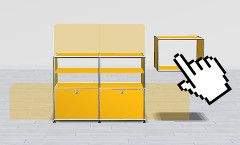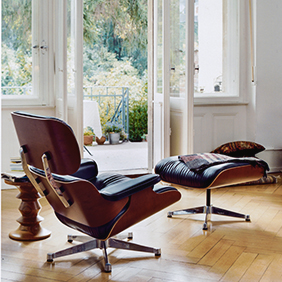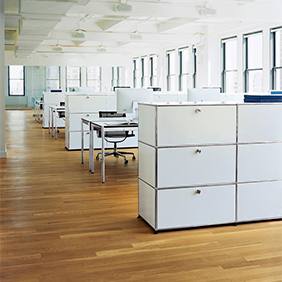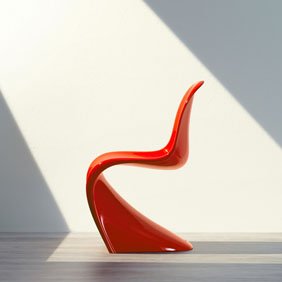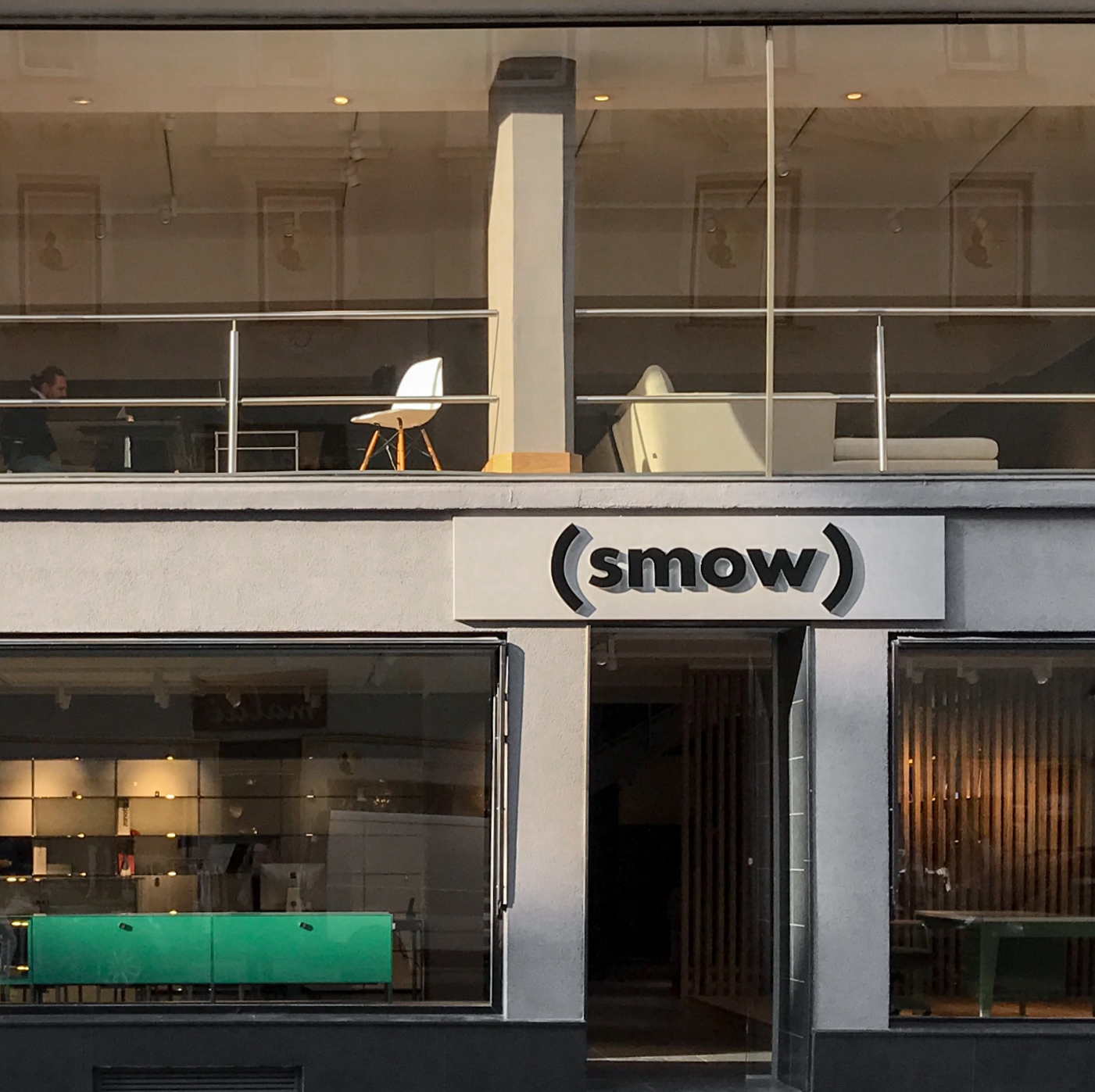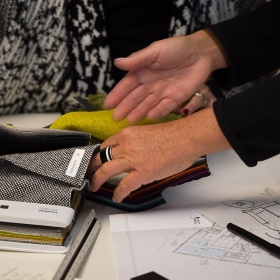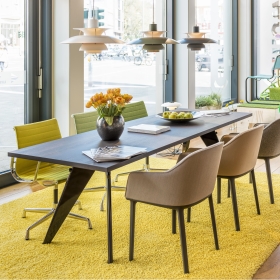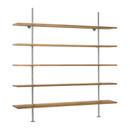DHS10 Hirche Shelving Configurator
by Herbert Hirche, 1954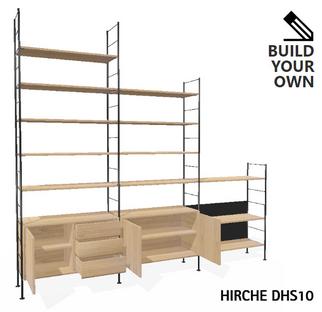
has been added to your wishlist.
- Configurez votre propre étagère Hirche en quelques clics
- Choisissez parmi différentes surfaces et couleurs
- Combinez les parois latérales avec des tablettes, des parois arrières et des étagères
- Complétez votre système d’étagère avec des accessoires supplémentaires
- Démarrez le configurateur en cliquant sur le bouton « Ouvrir le configurateur DHS10 »
Available within 4-5 weeks
(standard delivery time)
Details
FAQ
What does the abbreviation DHS refer to?
Until the 1960s the architect and product designer Herbert Hirche was also very successful as a furniture designer with designs such as the DHS 10 living room shelving system for the manufacturer Christian Holzäpfel. The abbreviation 'DHS' stands for "Diplomarchitekt Hirche Stuttgart" and, in conjunction with the numbering, forms a kind of catalogue of works - a typical example of how furniture was referred to in the mid 20th century.
To what regards is the DHS 10 Hirche an alternative to the String shelving system?
The so-called DHS 10 shelving system was commissioned by the manufacturer Christian Holzäpfel from Herbert Hirche and was intended as an alternative to the String shelving system by Nils and Kajsa Strinning as a light and flexible shelf. In contrast to the String shelving system, Hirche did not design his design to be mounted on the wall. Since he also had the cupboard and drawer elements veneered on all sides, the DHS 10 shelf can not only be placed against the wall, but can also be used as a room divider.
In addition to numerous other DHS furniture items, such as the DHS 1 lounger, the DHS 2 toy shelf, the DHS 4 children's desk, the DHS 6 side tables or the DHS 5 wall shelf, DHS 7 to 9 were created for Christian Holzäpfel as a crockery cupboard, a sideboard and a serving trolley.
Why is Hirche's home furniture so close to the aesthetics of Knoll International?
The DHS 20 program, presented by Christian Holzäpfel at the Cologne Furniture Fair in 1956, included further extension furniture by Hirche for the living area, which was very similar in aesthetic terms to the furniture collections of Knoll International. This closeness was no coincidence, because Knoll International consistently continued the tradition of modern design after the war due to its connections to Mies van der Rohe, who was an active member of the Werkbund before the war. As a designer and member of the post-war Werkbund, Herbert Hirche felt committed to this tradition throughout his life.DHS 20 was followed a year later by the office furniture system DHS 30, supplemented by a version with fine wood veneers for the executive area called DHS 300.
What were Christian Holzäpfel’s two greatest successes?
Two of Christian Holzäpfel's greatest successes with Herbert Hirche's DHS furniture were the furnishings for his new German Embassy building in Washington, commissioned by Egon Eiermann himself, and the furnishings for the new UNESCO building in Paris, designed by Zehrfuß + Nervi, which was ceremoniously inaugurated in 1958.In the Bauhaus year 2019, Richard Lampert finally presented a re-edition of the DHS 10 living room shelf in Cologne, along with other Hirche designs.
Quellen: Nicola von Albrecht, (2020). Herbert Hirche - Ein Protagonist der deutschen Nachkriegsmoderne. Online-Publikation (2020) auf OPUS 4, Dokumentenserver der Universität der Künste Berlin. Überarbeitete Fassung des am 31. Januar 2017 eingereichten Textes.

